
 I’ll show you a very easy simple way to track your travel expense (cash only) while you’re hopping around the world.
I’ll show you a very easy simple way to track your travel expense (cash only) while you’re hopping around the world.
First, create an excel sheet like below. The sheet should have 3 mandatory columns: description of the expense item, amount spent and current balance. You can create additional columns to keep track whatever else you want. I’m using my one-month travel expense in Russia as example. (I’ll share with you then entire sheet at the end of the post.)

 Living in Prague and traveling in Europe have gotten me “addicted” to the coffee and sitting-down culture. I developed a new habit to find small cosy cafés to work or socialize with others.
Living in Prague and traveling in Europe have gotten me “addicted” to the coffee and sitting-down culture. I developed a new habit to find small cosy cafés to work or socialize with others.
I’m sure there are many of us who prefer to work in a more unstructured environment different from our everyday’s cubicle station. This goes especially for creative people who need a sanctuary, a nurturing place to boost their creativity, not merely a place to work.

Job burnout is a serious issue. Even the Pope, a man who’s supposed to work until death, retired. This reminds me to excuse myself from work to send a few postcards from the Vatican.
Feeling religious much? I came to Vatican during Christmas thinking it would be a wonderfully spiritual experience witnessing the most important Christian event at one the most holy sites of Christendom. This is the home of the man who rules over Roman Catholics all around the world.

CNN ranked Singaporeans as the 2nd coolest nationality. Maybe because are the only Asians whose English is their first language, thus can easily chat up with foreign travelers and CNN reporters about how cool Singaporeans are.
Given my traveling preference, I should find ‘unauthentic’ Singapore utterly boring with its super clean, over polish images and ubiquitous ads claiming to the best, the only, the largest, the first in every category. Strangely though I grew to like this “snobbish” little child-turn-giant. Singapore didn’t look nor behaved like my view of an Asian country and Asian people.
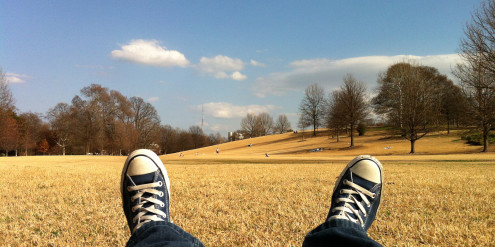
I met all kinds of people when I traveled: crazy, funny, boring, eccentric, normal, young, old, black, white , brown… However, the long-term travelers all tend of fall into three categories.
If you want to travel long-term, let say at least 6 months, you need to become one of them.
1 Stingy Saver Spender
 Sound like a fender-bender (minor car accident) isn’t it ? Sorry for the name as I couldn’t come up with anything more elegant. This term is self-explanatory. If you are a saver-spender, you saved, saved and saved to spend, spend, and spend. You are probably conservative in how you use money, thus a saver, in order to prepare for the more fulfilling life as a spender :-). You don’t generate income while traveling, therefore need a bigger saving account and spend as little as possible on the road, sniffing for deals, cheaper and free alternatives.
Sound like a fender-bender (minor car accident) isn’t it ? Sorry for the name as I couldn’t come up with anything more elegant. This term is self-explanatory. If you are a saver-spender, you saved, saved and saved to spend, spend, and spend. You are probably conservative in how you use money, thus a saver, in order to prepare for the more fulfilling life as a spender :-). You don’t generate income while traveling, therefore need a bigger saving account and spend as little as possible on the road, sniffing for deals, cheaper and free alternatives.
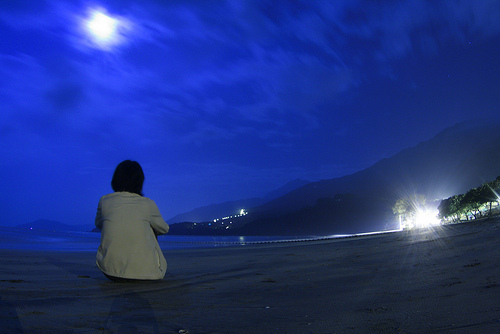
Whenever I told people that I traveled alone I immediately got the following comments and questions.
1 E.T Phone Home
 Aren’t you afraid of getting lost? Hmmm yes I do. In fact I always get lost. I am often lost in the same city I’ve been living for years. I’m miserably lost finding my way to a restaurant, a bar I had visited no less than ten times. I have no sense of direction, and I probably trust a tourist in helping me to take them to where they want to be in my territory. Getting lost is a fact of my life. What’s new?
Aren’t you afraid of getting lost? Hmmm yes I do. In fact I always get lost. I am often lost in the same city I’ve been living for years. I’m miserably lost finding my way to a restaurant, a bar I had visited no less than ten times. I have no sense of direction, and I probably trust a tourist in helping me to take them to where they want to be in my territory. Getting lost is a fact of my life. What’s new?
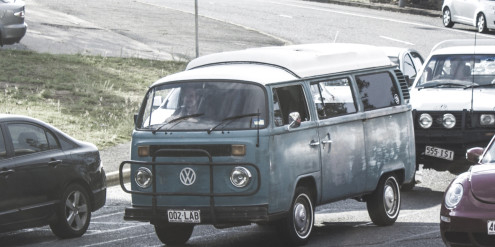

Everybody said that I was traveling the world. I think not. Traveling the world, to me, is bumping from one place to another, crossing continents and visiting at many countries as possible, many of which were randomly selected.
I’m not traveling the world as I am going home, a long way home in deed. The 1st home means where I came from before, and where my parents lived. The last home is where I live now. And if it worked out and I crossed to Vietnam from China, the title would be “Home, Home and Home.” It takes so long because I wanted go overland as much as possible. If I had more time, instead of flying in and out of Australia, I would to do it by ships.
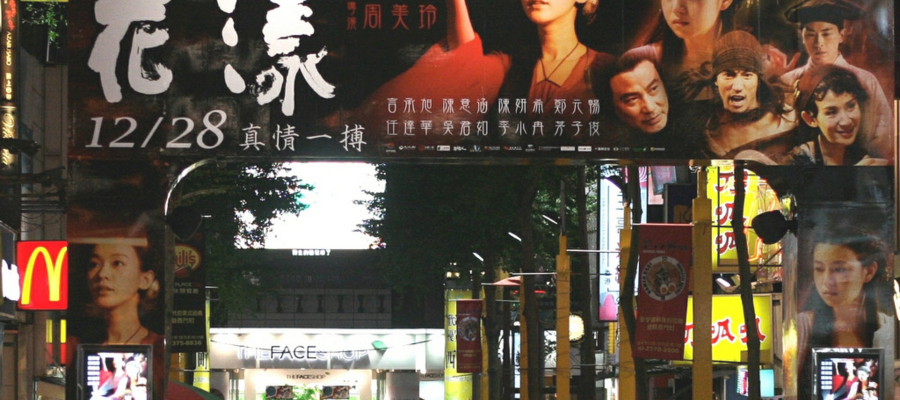
I had an 18-hour stop-over in Taipei, not long to do anything interesting but long enough to get claustrophobic and airplane phobia if I stayed and spent my day in the lounge and listened to flight departure calls.
I arrived at 5 in the morning and wouldn’t leave for San Francisco until 23:00. These days I traveled with a much slower pace, like seeing a couple of sights versus gazillions of them in a single day. Now all I want is to find a nice, cozy little place and sit.
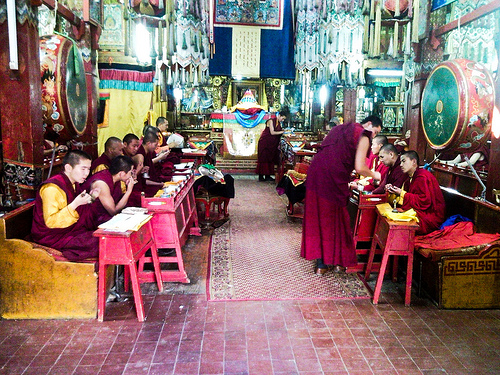
When I planned my 6-month off, the second destination (the first was Siberia) I wanted to be was Tibet. I concocted a plan how I would spend a month or perhaps two there, roaming the highland, staying with local Tibetans, tended goats or sheep, then trekking to North India. Yeah you can tell this plan has the smell of Brad Pitt’s Seven Years in Tibet all over it. But more than just a pure adventure, I wanted to be in this deeply spiritual and religious land to relearn Buddhism.
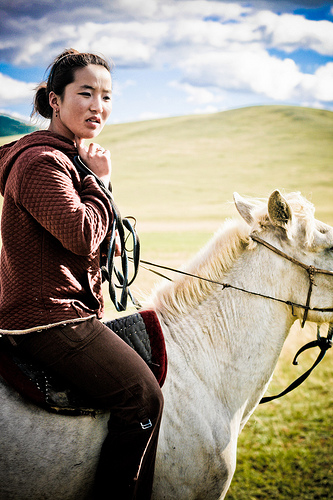
Half of the story behind the Great Walls of China isn’t in China. Even when you have a very good tour guide, read lots of books and watch lots of films, you still get half of the story. To fully understand and visualize the origin of this wonder of the world, you need to go to the other side and meet the descendants of the people who once terrorized not only China but also half of the world.
I visited Mongolia in the 21st the century, the era under rapid urbanization and unprecedented development and progress in technology, yet I felt like walking in the past: people wearing traditional costumes, herding their animals on horseback, living in tents and moving about with their animals.